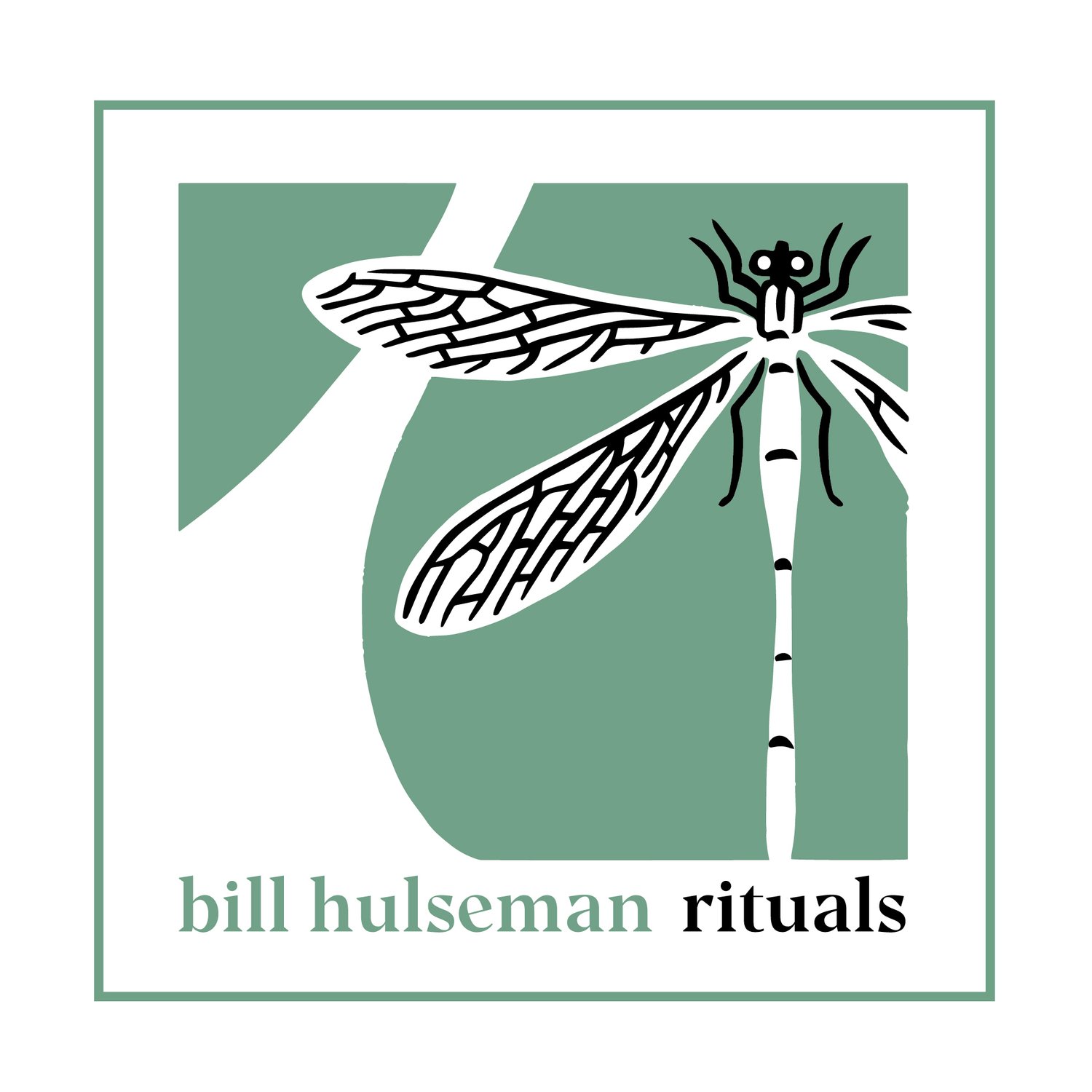questions
“If the life you are building looked like a house, what would it look like? What would it feel like?” from “Building Home(s)” by Kara Ingraham
When I talk to couples about designing their wedding ceremonies, my first and most important question is, What do you want to feel at that moment? Once they can articulate that, the ceremony builds itself. Where and how we situate ourselves, the words, music and actions we identify, whom we involve (and whom we exclude) - everything contributes toward creating a moment that primes everyone present to recognize the shifts happening in their lives and to feel a particular way about it. Some want an air of levity and humor, others gravity and solemnity. Some include customs that are familiar and that invoke histories and cultures; others reject the symbols of their past and opt to create something new. The result isn’t just a feeling - it’s a glimpse into the world that a couple wants to live in, the world they’re starting to construct in their home, and an invitation to their witnesses to help them do it.
The wedding that my husband and I designed definitely provided a glimpse into the world we wanted to create. We started with cocktails and canapés and mingled with our guests. The ceremony was simultaneously precise and organic - there was no big reveal or walk down the aisle; to begin, we just got in place, family and friends seated in circles of chairs around us; like us, it was a lovely mix of pageantry and intimacy. We tossed out roles and practices with heteronormative, sexist, and classist roots - instead of a “best man” or “maid of honor,” we had witnesses; the climax wasn’t a kiss to the applause of the gathered (the stylized residue of the communal witnessing of the, um, consummation of a marriage) but a dance which quickly invited everyone to join in; we left out the “first dance” that typically opens receptions (because we’re not royalty in the 16th century English court). We resisted the impulses conditioned into us by the Wedding Industrial Complex and avoided anything that was just a glorified photo op - the first dance, the cake cutting, complicated exits through sparkler tunnels.
I don’t mean to sound harsh about those kinds of practices - when they really do reflect the lives and values of the people getting married, it all works beautifully, but I’ve seen too many weddings run by caterers, planners, and DJs, weddings that prioritize efficiency of the party’s mechanics over actually experiencing it. The most egregious of these is the traditional cake cutting. Another practice rooted in European court culture, it simulates the “first taste” afforded to monarchs before their guests and is intended to highlight the importance of the married couple, the “monarchs for a day.” When the practice was introduced into American weddings, the cake was cut when people were ready for cake - after the main meal. Over time, cakes became more elaborate and served as artful centerpieces for wedding banquets, but now most caterers insist on cutting the cake before any food is served to guarantee enough time to plate slices for guests. Really, though, it’s to ensure that the catering staff finishes its crucial tasks early and can start cleaning up before anyone can find a cup of coffee. What’s left isn’t a moment to be remembered, a precious memory between a meal savored the rest of the evening’s festivities - it’s just a photo op copying someone else’s pose.
Ingraham’s question is hard to answer because we rarely get the chance to design our lives from the ground up. This is one of the reasons I’m passionate about ritual design. It gives the folx engaged in designing a ritual the space not just to reflect on their values and beliefs but also to give them form and energy, to practice applying them in idealized and iterative ways, and to get a taste of what that world might afford. People find comfort, joy, and connection in the weddings they design, but the ritual also becomes a mirror in which they can see themselves in ways that their ordinary lives didn’t provide. I think this is why rituals make such a long-lasting impact - through weddings, funerals, and really any ceremonies that mark important shifts in the life cycle, people’s senses are heightened, they feel something new or in a new way, and they get to know themselves differently.
Designing a ritual is fundamentally optimistic because a ritual is never an end-point. Sometimes, it’s a starting point, sometimes it’s liminal, but it is never an end. It provides space to process or absorb or explore…because something will happen after the ritual, and, hopefully, the ritual equips or steadies us for whatever that thing will be. People turn to ritualized action in times of crisis, grief, excitement, rage, protest - not just because, when extreme emotions are sparked, they need to go somewhere, but because they will remind us that something comes next. After crisis, comes calm; after grief, comfort; after rage, withdrawal; after protest, change…but facing the evidence of the last few years, it’s hard to maintain hope, especially if that hope is contingent on urgently needed change. But if we can design it, we can occupy it; if we can imagine it, we can realize it. We just need to keep asking the right questions.

